Classic style interior doors
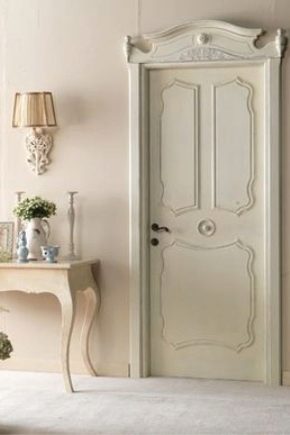
Interior doors in a classic style fulfill not only a practical but also an aesthetic function. In order for the door to become a harmonious addition to the interior, it is necessary to competently approach its choice.
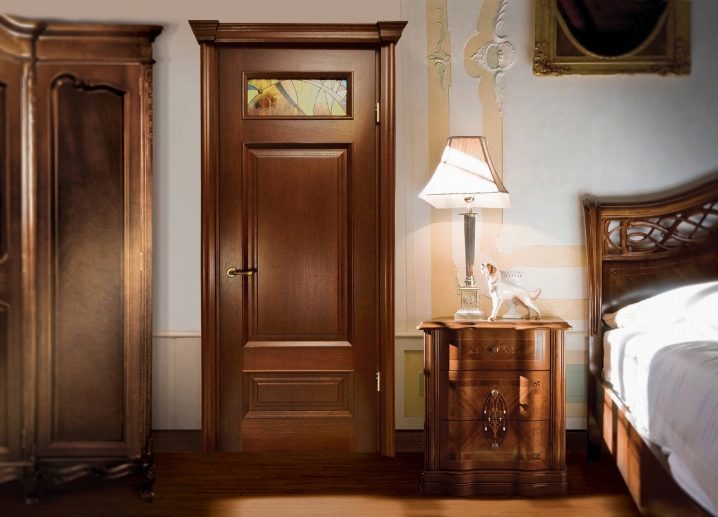
Peculiarities
Classic interior doors never go out of style. Although the classics are being replaced by modern technologies in interior design, they are still relevant and in demand.
The classic style is characterized by:
- lack of clutter, unnecessary details;
- careful thought over each element, selection of the appropriate (ideal) location;
- items with active claims to modern technologies are excluded (if this is a technique, then it is hiding under sliding blocks) or are selected in a style that is as close as possible to the classic;
- be sure to have such accessories as graceful vases, paintings, sculptures, exquisite dishes.
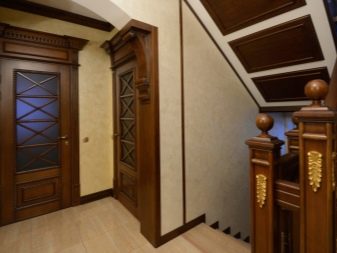
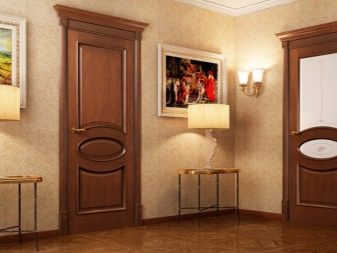


Interior doors in a classic style must have:
- strict lines;
- perfect proportions;
- symmetry of all elements;
- beautiful fittings;
- create a feeling of lightness and nobility;
- can be supplemented with capitals, cornices, pilasters.
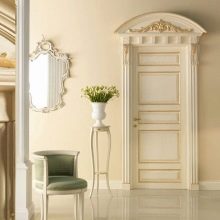
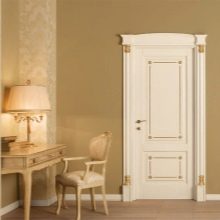
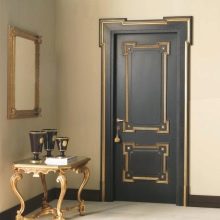
Varieties
Classic interior doors have three most popular design options:
- Wooden canvas without additional decorative elements. In this case, the quality of the wood plays a huge role. The expensive solid wood used to make the door will be immediately visible. It doesn't need additional details;
- Paneled canvas. It can be two, three or four equal compartments, or the traditional version, in which there is an upper door section twice as long as the lower one;
- Frame canvas with matte or glossy glass (without stained glass). The most common model: glass is located in the upper part of the door, secured with a wooden lattice (glazing beads), and the lower compartment is made of solid wood. The insert can have simple geometric shapes or complicated design options, different textures, thickness (up to 8 mm), color and degree of transparency. In the design of classic doors, satinatto glass is often used in white or bronze shades.

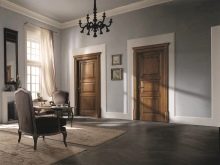
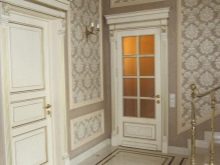
Interior doors of this type will be appropriate for the kitchen area, where the air temperature and humidity level change regularly, as well as for small darkened rooms, into which the glass door insert will allow more light to pass through.
The type of wood for making a door may not be the most expensive, since all attention will be distracted by the glass insert at the top.
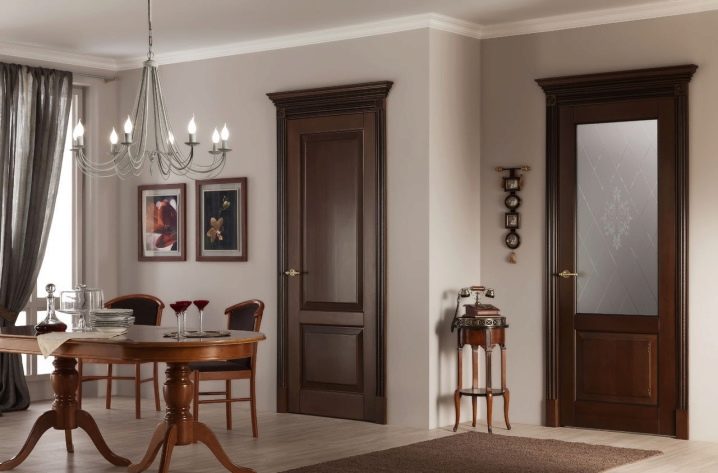
Constructions
Sliding interior doors in a classic style will harmoniously fit into the space of any room and will be easy to use. Their appearance can be pretentious or respectable, pompous or restrained.
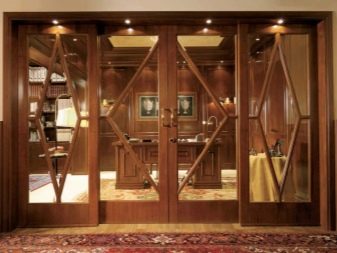

Swing structures have a significant advantage over other options for mechanisms: they provide excellent sound insulation in the room, retain heat and prevent the penetration of odors. However, swing doors are only suitable for spacious rooms. It will be inconvenient to use them in small rooms.
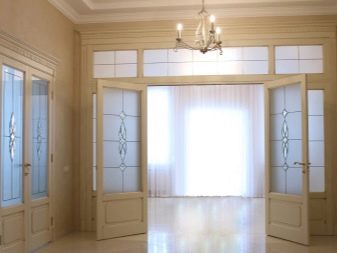

Materials (edit)
In order for the door to look expensive, it is necessary that it is based on natural solid wood.Thanks to this material, even visually, the high quality of the canvas will be noticeable, not to mention its strength and reliability during operation.
If other raw materials are used for the manufacture of an interior door, then it should imitate the texture and shade of natural wood.
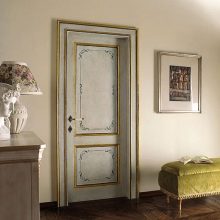
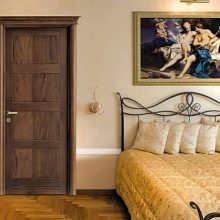
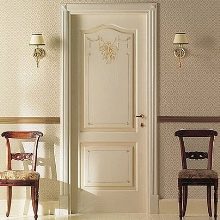
Color solutions
For classic style doors, it is very important to choose the right color. Most often, designers use light tones of cream, gray, brown, white to decorate rooms in a classic style. In rooms where there is a lot of light, you can use doors in dark colors. If the room is small in size, it is better to choose ivory door leaves or walnut options.
Paying tribute to antique-styled products, manufacturers actively use unusual artistic techniques in door design: craquelure, patina, scuffs, cracks. This is especially true for Provence and country. Doors can be decorated with painting, unique carving or inlay.
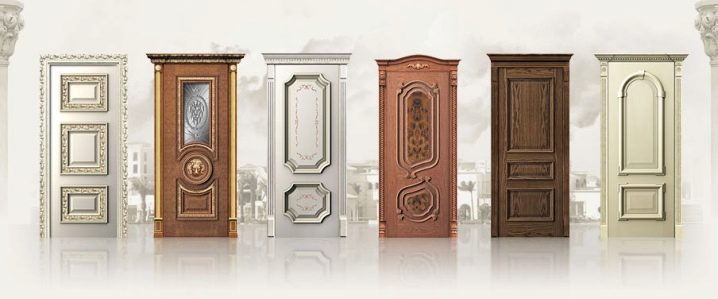
Comparison of classic and neoclassical doors
Neoclassicism originates in the depths of the classics, but differs from it in many respects.
Among the points that unite these two areas are the following:
- the use of light shades;
- the use of artificial aging techniques;
- symmetry in carvings and other decorative details;
- lack of bright inserts and a large number of patterns.

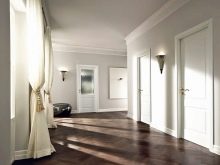

Among the style differences, the most important are:
- door panels and fittings in the neoclassical style can be made of any modern materials (chipboard, MDF) and painted in different colors (which is not allowed in the classic style);
- a combination of cold and warm shades (from light blue or pearlescent to cream) is welcome;
- the use of stucco moldings for decorating the frame of the door leaf;
- not so strict requirements for the design of door panels, as in the classics;
- wide range of products.
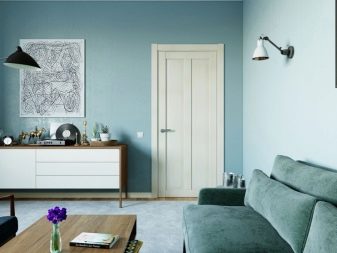
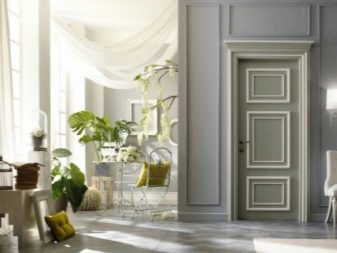
Style
The classic style has several ramifications. I got acquainted with each of them:
- For interior doors in english style a combination of luxury and austerity is characteristic. Such a canvas is made from natural materials and decorated with a minimum of decorative elements. Light colors are used (brown, cream), as well as snow-white and blue enamel (for the bedroom and nursery);
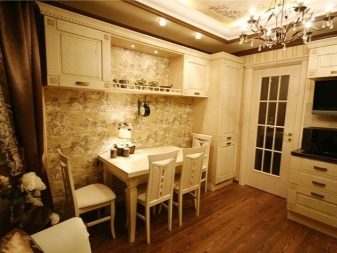
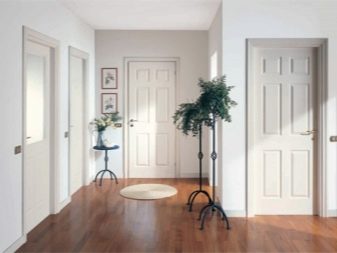
- For Italian style in the classics, the design of door leaves in rich colors is characteristic: cherry, beech, oak, mahogany, walnut. Such canvases are characterized by strict symmetry of forms, gilded handles and other accessories, as well as multi-colored painting. Door structures can be equipped with cornices, in which a sliding mechanism is hidden, supplemented with pompous pilasters and columns;
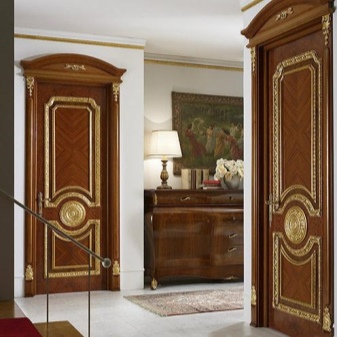
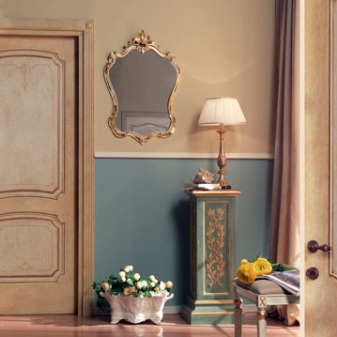
- For French door classics pale pink, lilac, silver and pearl shades are characteristic. Doors may have patina, glass inserts with gilded ornaments, stained-glass windows or mirrors. Door structures can be supplemented with capitals, columns and wrought-iron cornices.
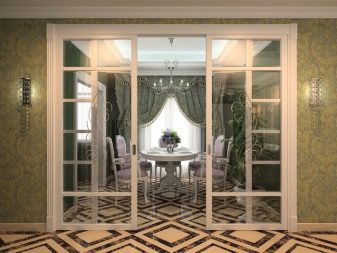
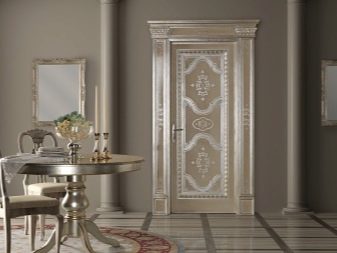
Selection Tips
If several doors are installed in a room, it is important that all of them are designed in the same tone and style, then the interior will be perceived harmoniously as a whole. Until recently, there was a widespread tendency to stylize the doors of niches and wardrobes to resemble classic interior doors. However, the designers have found better interior solutions.
Doors in a classic style should overlap with the flooring in texture and tone. The canvases covered with white enamel will be in harmony with the window frames of the same color, bringing a feeling of lightness and airiness to the room.

For rooms in a classic style, it is necessary to select doors of light (bleached oak), dark (wenge) or reddish shades (pear, cherry) with imitation of wood texture.
If you install canvases of light colors in a small room in terms of volume, matching in color with the wallpaper, this will visually expand the space. Classic interior door handles are usually made of brass. All other fittings in the room (for cabinets, lamps and other accessories) should match them in color. Do not use bronze handles and chrome trims of different colors at the same time.
Interior doors in a classic style can be massive or graceful, solid, austere or elegant, but they always emphasize the high status of the owner of the apartment.
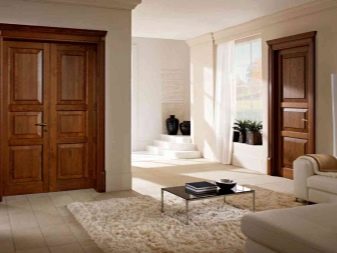
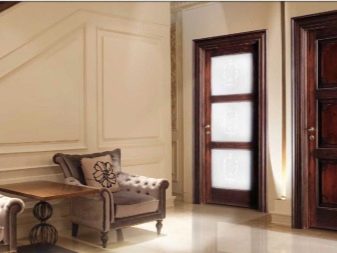
Doors create not only coziness in the house, but also shape the appearance of the interior as a whole. Therefore, it is worth approaching the choice of door leaves with all responsibility, without saving on the quality of the material taken as their basis.
For a video review of classic interior doors, see the following video.













The comment was sent successfully.